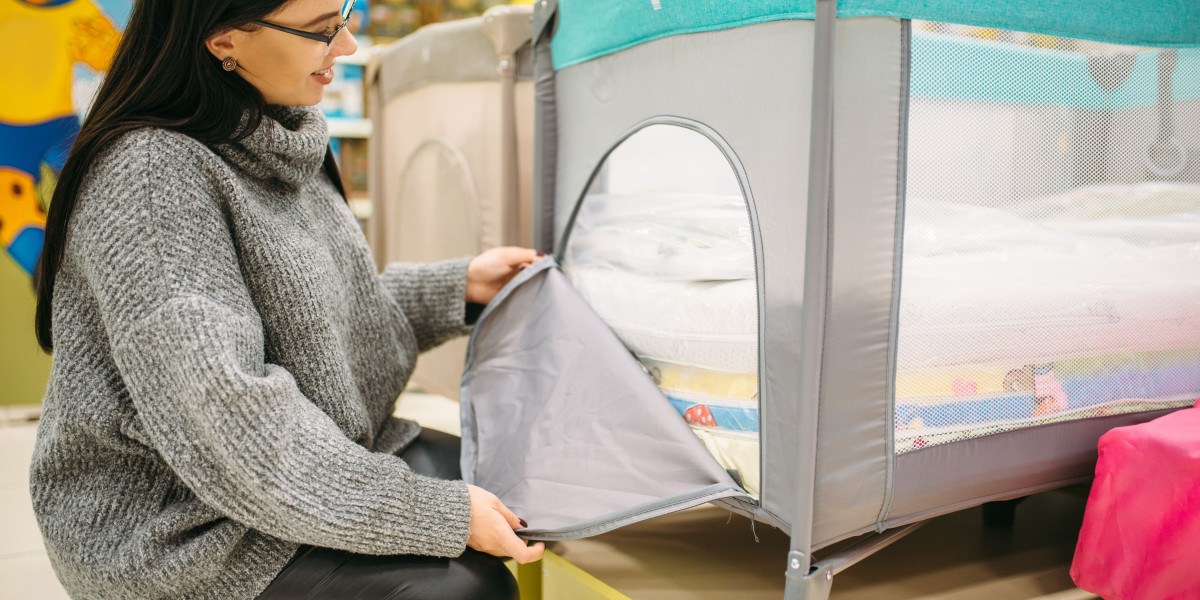Jatropha is among the uncommon plants, which has numerous helpful ingredients, beneficial to mankind. This plant consists of 25 to 35 percent oil and can be used to produce bio-fuel crop, a method to sustain nature's plant.
In the current times, developments in the field of agriculture in the form of ex-vitro plant proliferation have actually proved advantageous to the guy kind. Since, jatropha curcas has actually been found beneficial; agriculturists are embracing ex-vitro for jatropha.
In addition to being utilized as a biodiesel, jatropha curcas can also be utilized to produce great quality paper, cosmetics, tooth paste, balm ointments, and cough medicines.

Jatropha plant, to be grown naturally, had many shortcomings. Firstly the propagation and transport of the seedlings of jatropha curcas was expensive and time-consuming. The soil in which it grows is low in performance triggering the plant to decay and have illness and last however not the least, the jatropha curcas plant takes substantial time to adapt itself, to the new environment.

Observing all these difficulties, the agricultural specialists advocated ex-vitro for jatropha curcas proliferation. The ex-vitro of jatropha curcas dealt with, the difficulties dealt with earlier of planting it. The seedling procedure was made quick and affordable. The expense of transport was reduced as the seedlings were planted in the neighboring location of the plantation. Mother plants were selected from the same area, which did not need the seedlings to adjust themselves, therefore conserving time.
The ex-vitro method adopted, in the plant proliferation plan had root culturing, as its basis, where the shoots were grown outside the field in the glass vessels. The platelets grown, from this were instantly seasoned in the green home. The seedlings were extremely heterogeneous in character and thus, high level of proliferation was possible.

The ex-vitro jatropha technique proved to be affordable. Great care was required to offer ecological and nutritional worth to the plant. Soon, after embracing ex-vitro for jatropha curcas plant, the 2 months plantlets were ready to be planted in the field. Rooting was attained, in around 3 weeks. The federal governments, in numerous nations are taking efforts to motivate the agricultural scientists to establish jatropha plant propagation through ex-vitro and technique, which is more affordable and sustainable. There are numerous institutes, which train individuals about this approach to increase production.
The institutes took part in ex-vitro jatropha techniques of plant propagation took utmost care in nurturing, the plant by developing natural conditions. For instance, jatropha grows in well drained pipes soil and is dry spell resistant. The ex-vitro method also, increased the level of seedlings, which were devoid of pest and illness. This method of ex-vitro of jatropha proved simple and economical and the seedlings were close to their parent, hence, avoiding problems.
There are specific aspects that can impact the ex-vitro growth, in jatropha plants. They are elements like sunshine, humidity, nature of soil and other weather conditions. Hence, care has actually to be required to adjust, these aspects to match ex-vitro.








